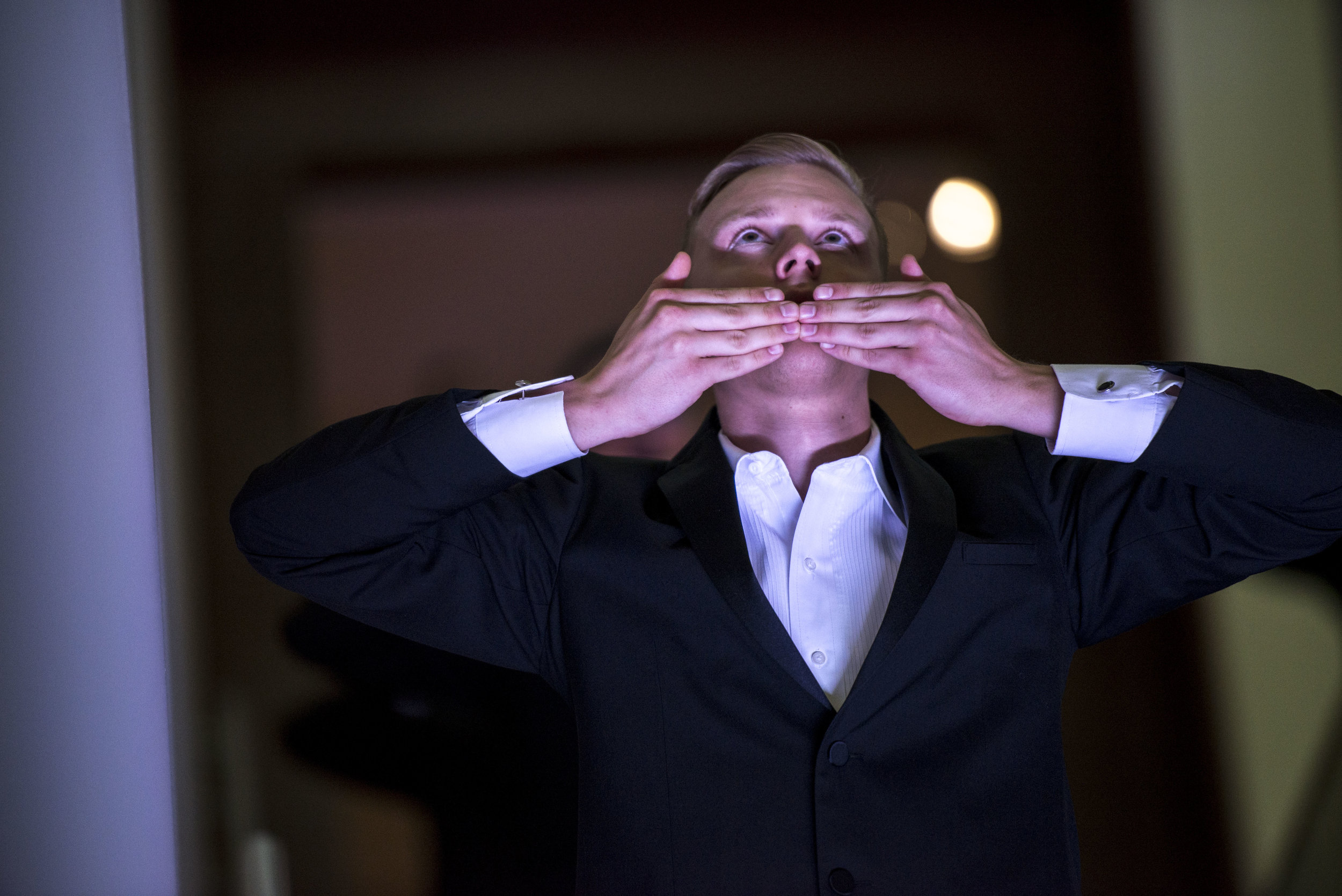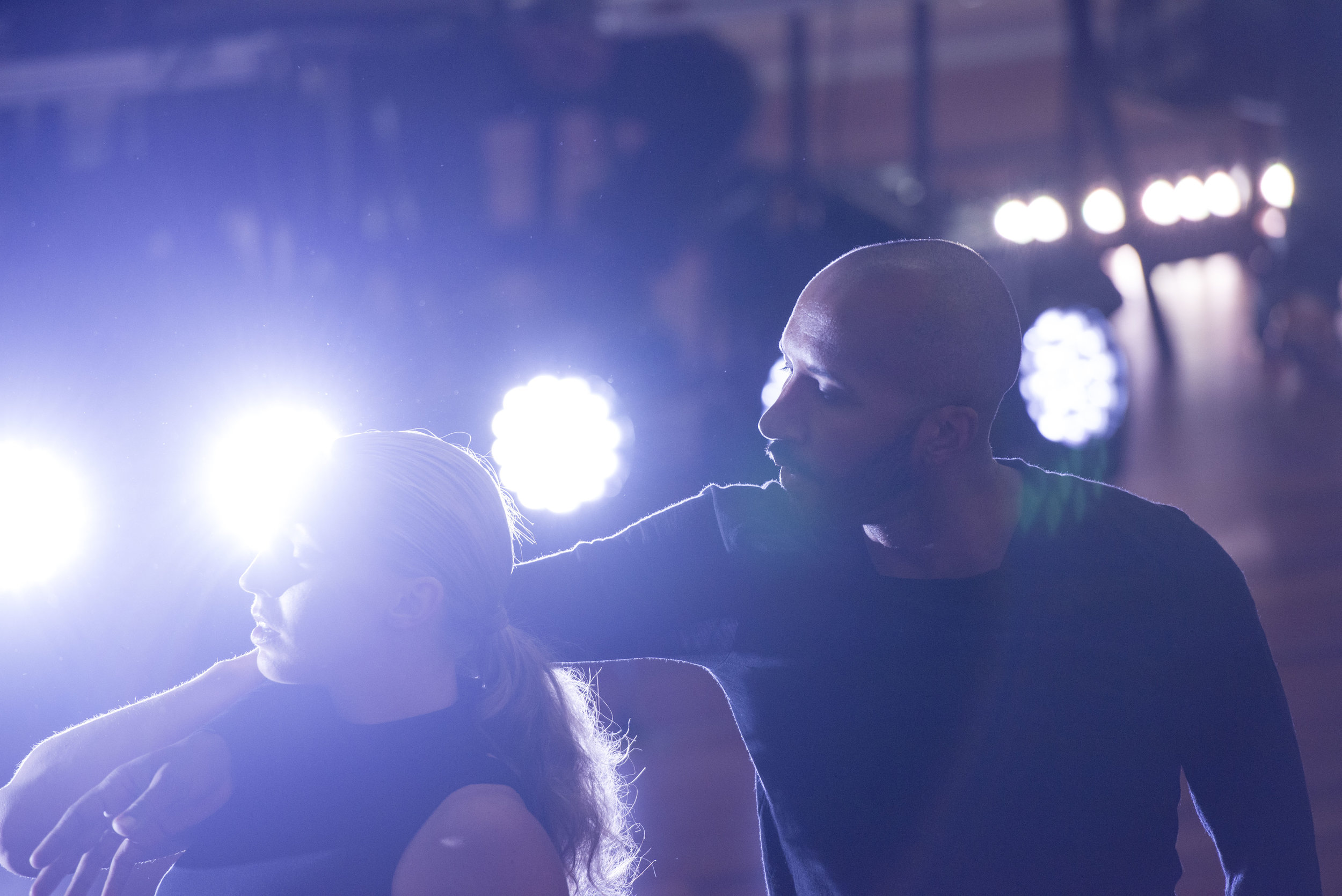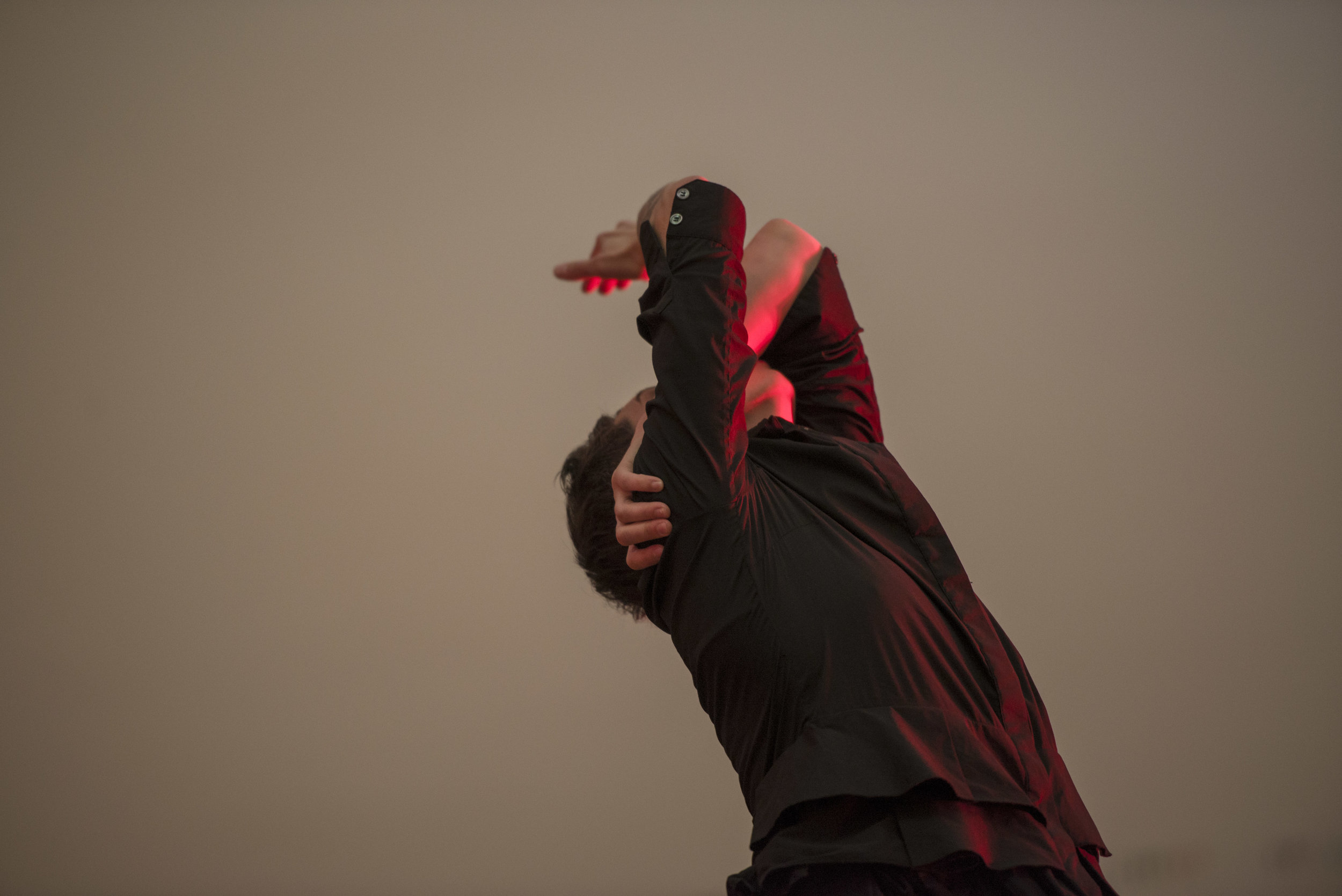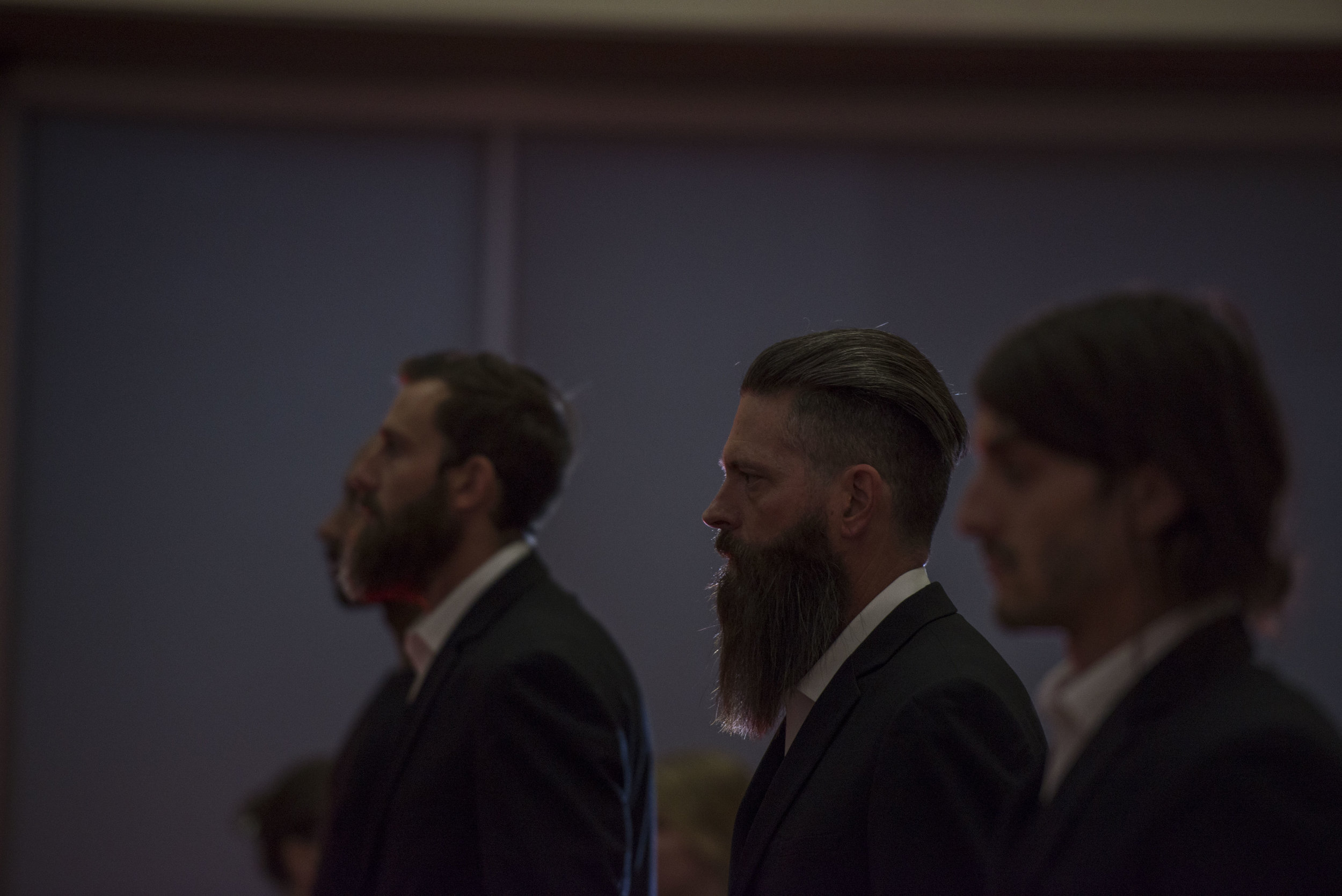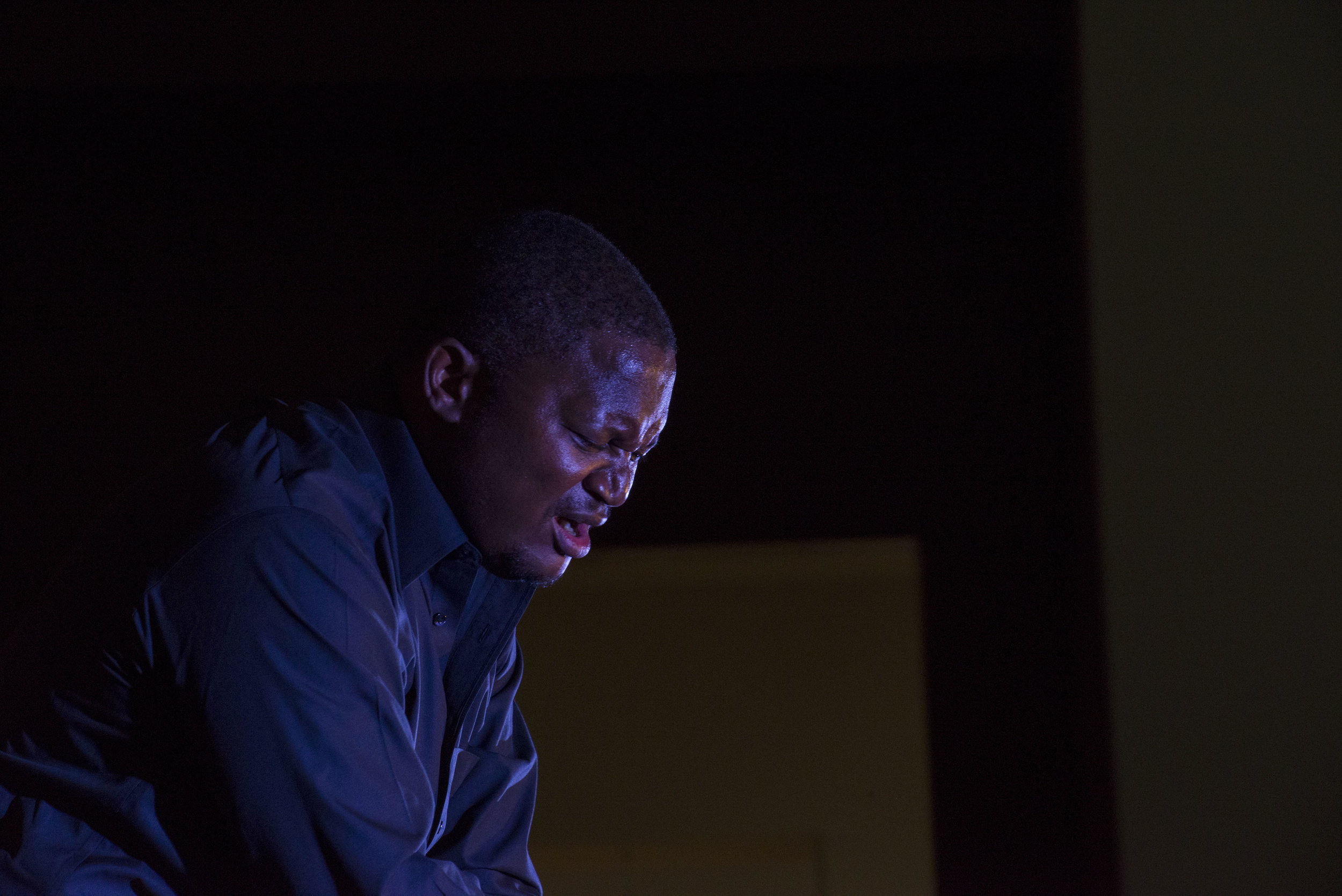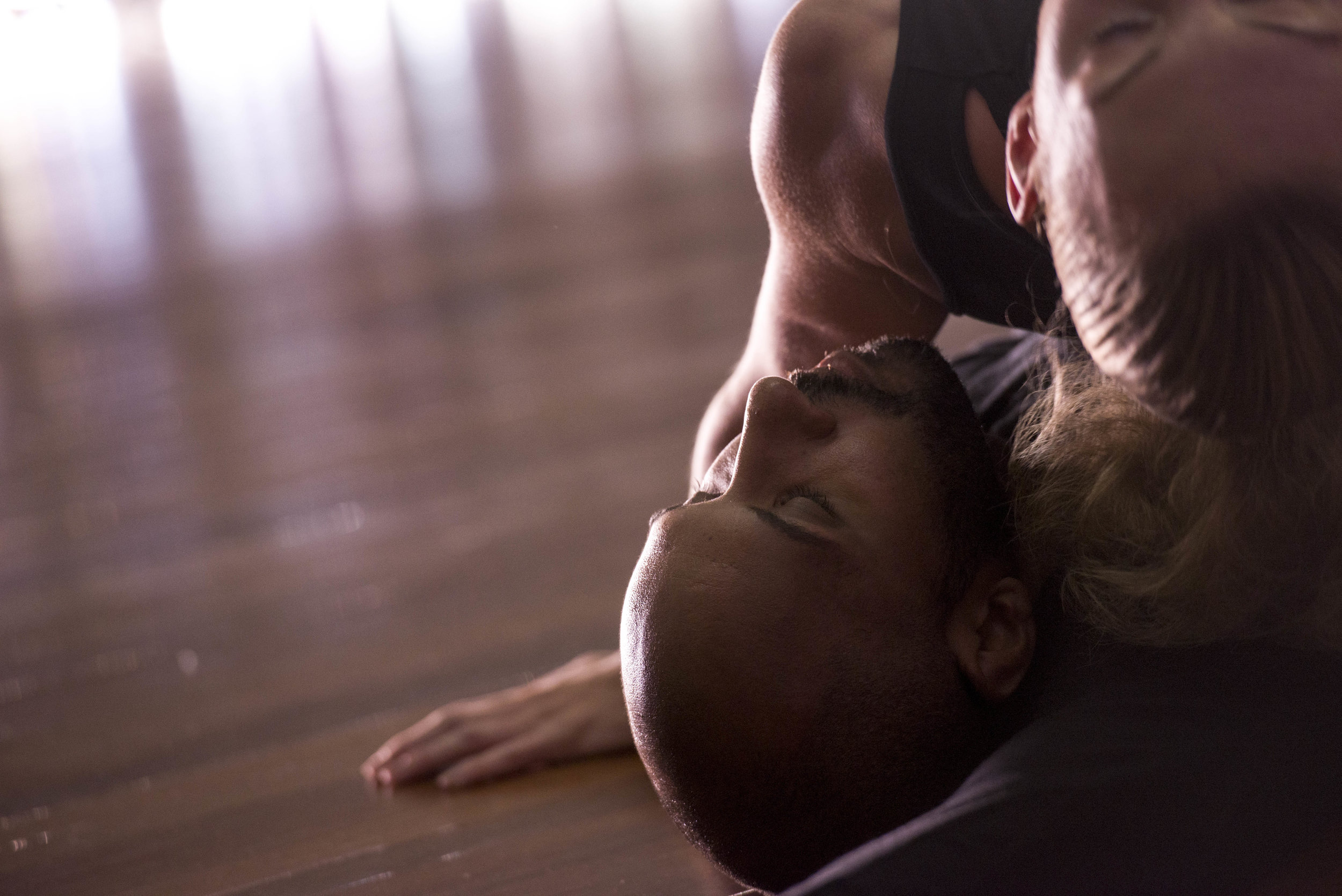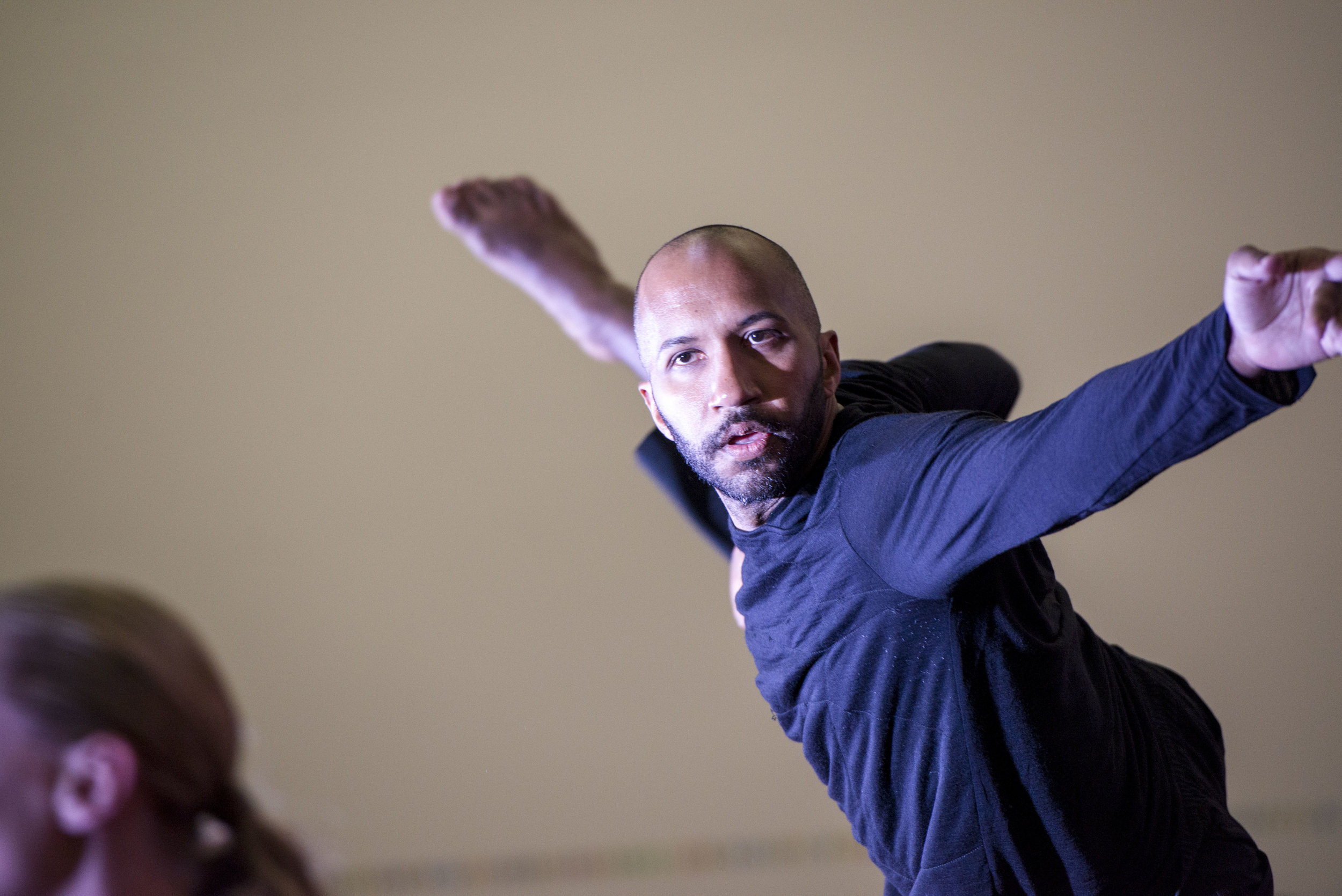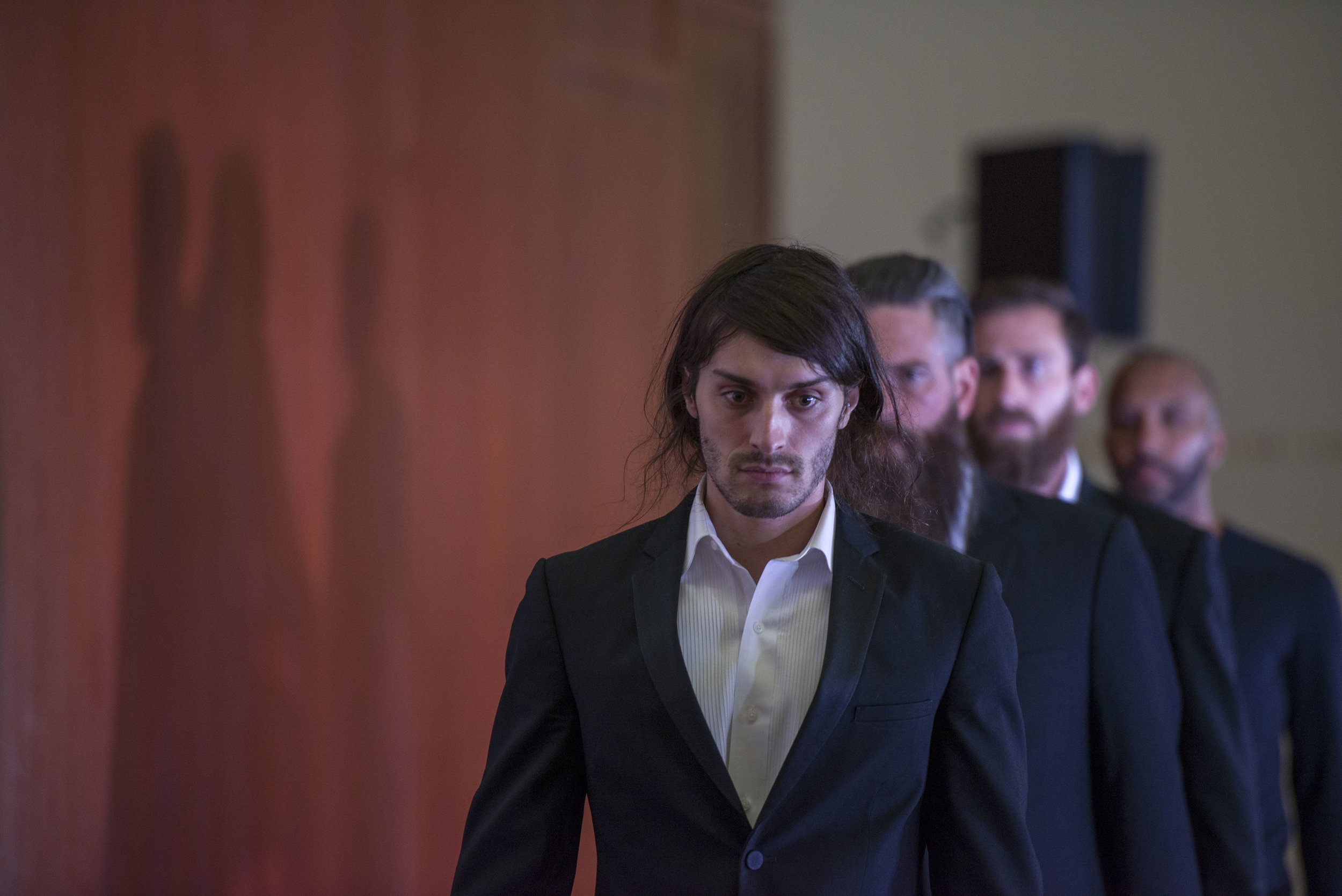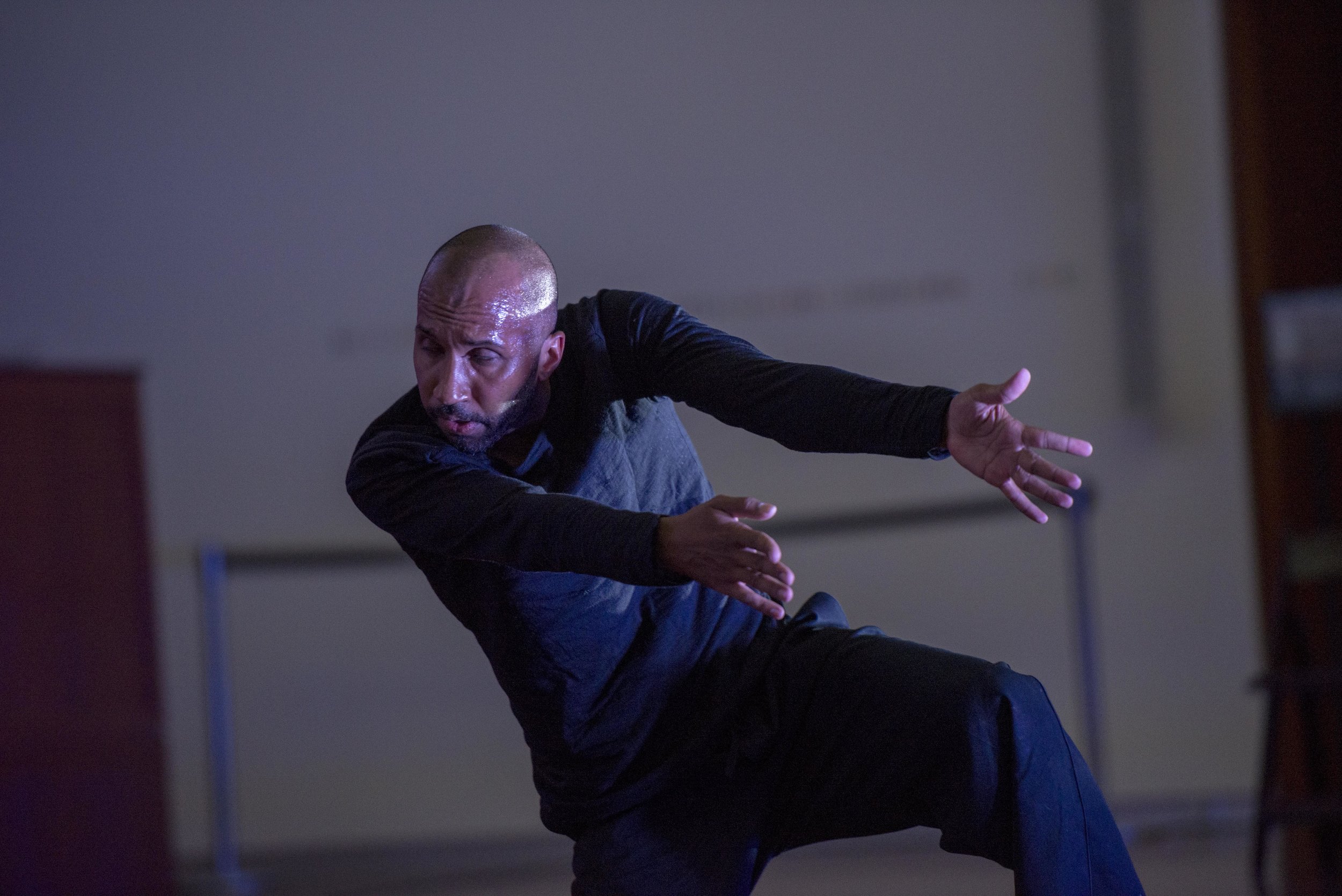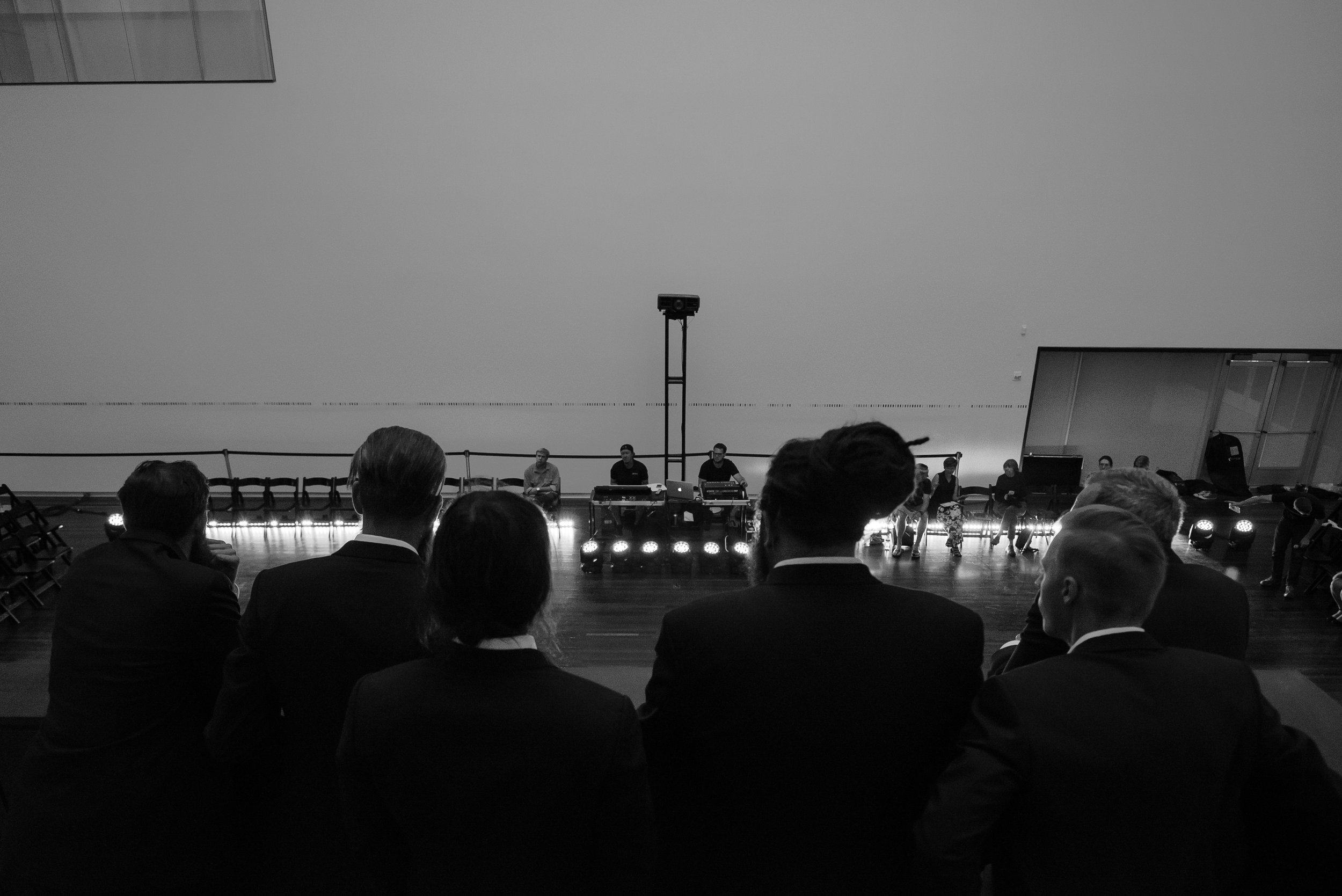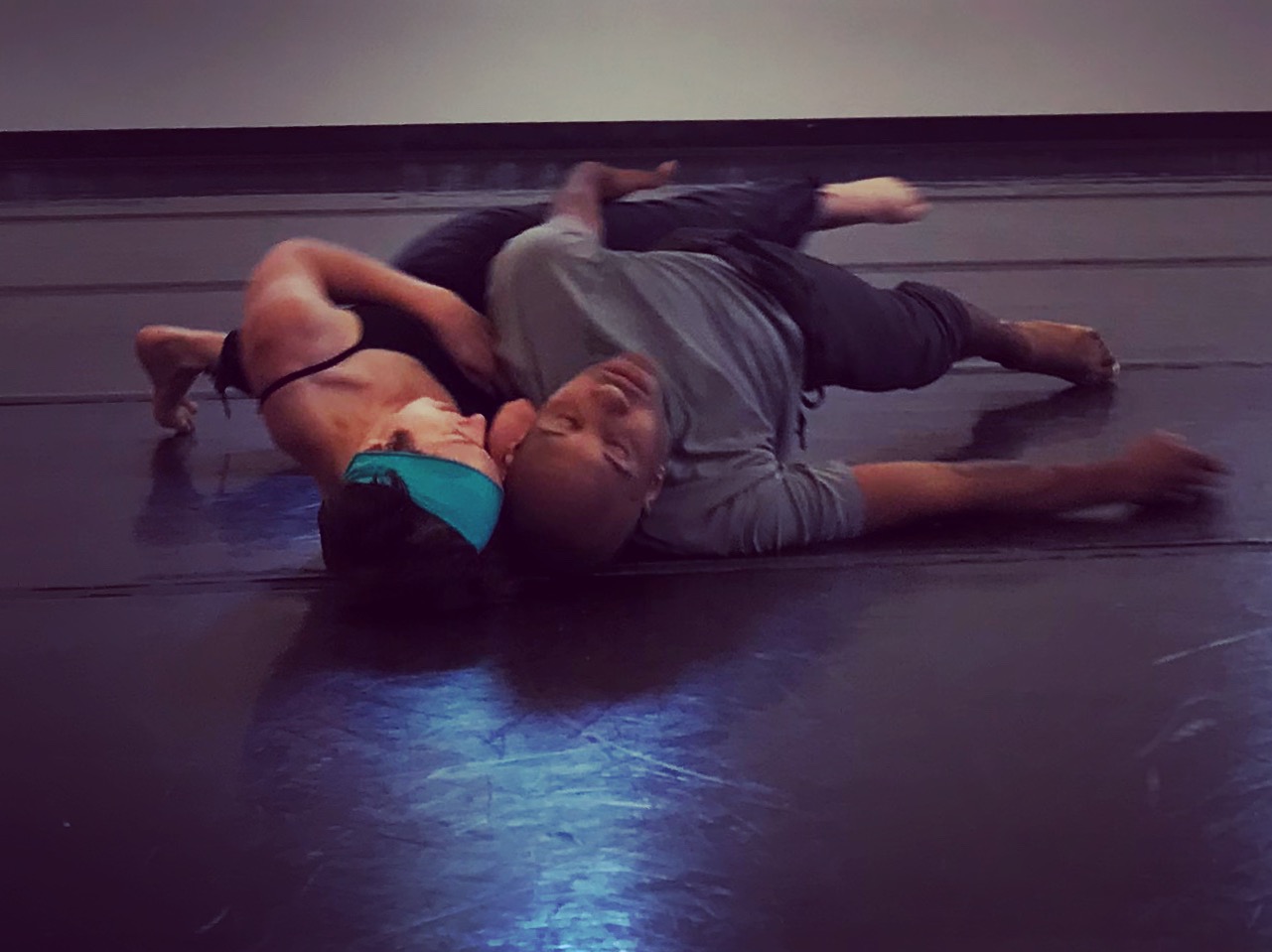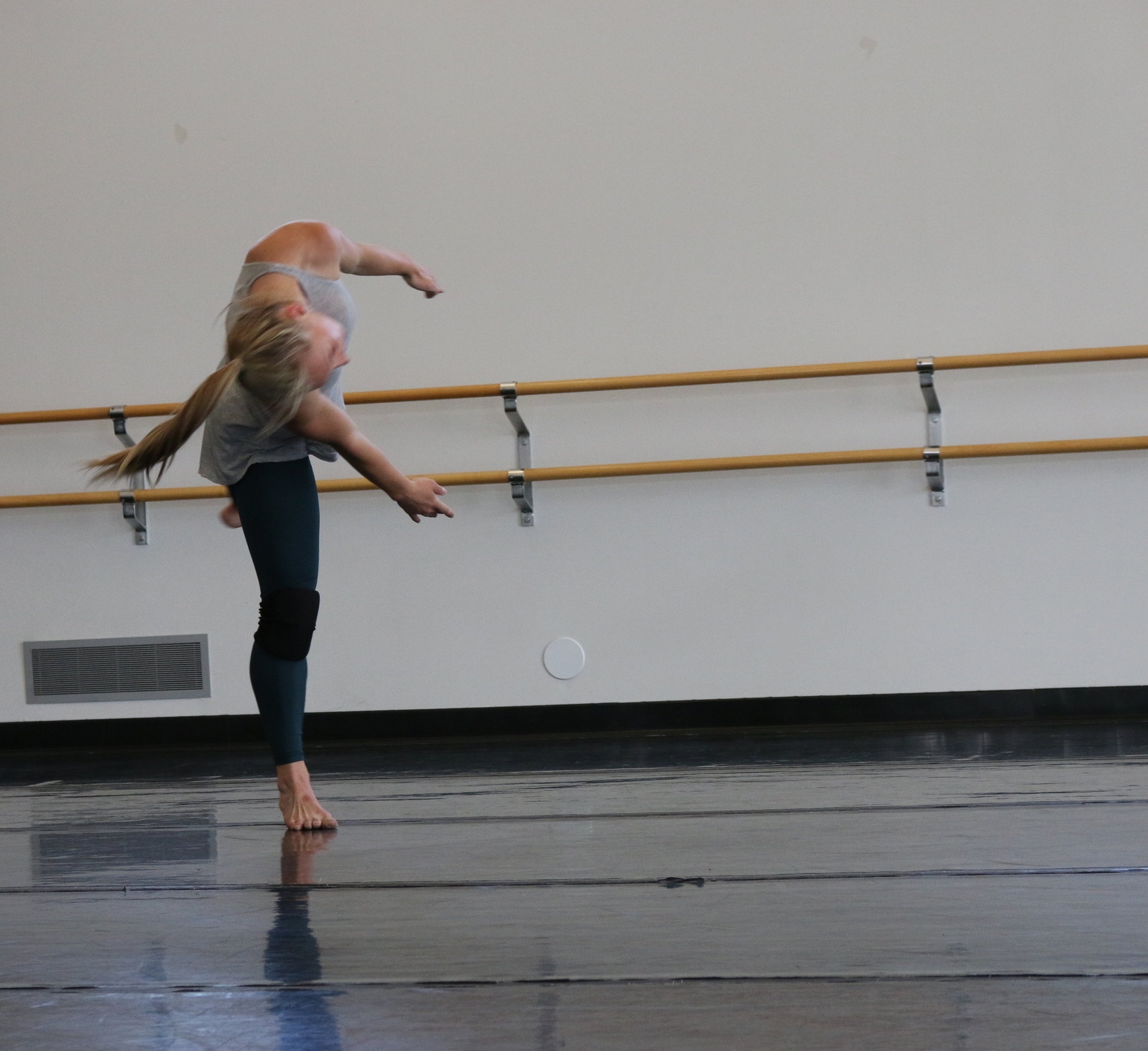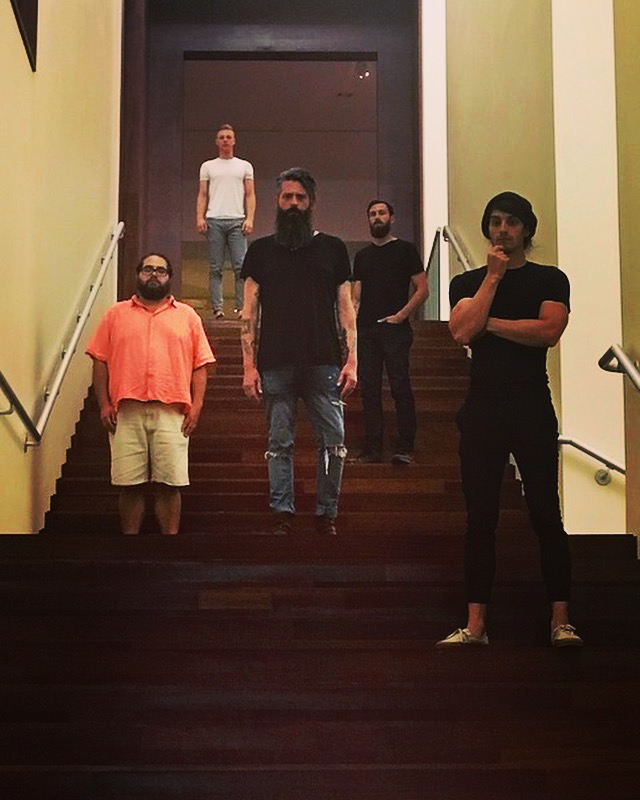NE PLUS ULTRA: FILM ARTIST JAN ANDREWS /
Jan Andrews.
Jan Andrews is a creator of video art and documentaries. She has received numerous awards in both categories. Her documentary on poet Joseph Brodsky was an official selection of the 2010 Venice Film Festival, and a 2010 Visual Arts Fellowship was awarded to her from the Utah Division of Museums & Arts for her video art.
Jan has worked on several film projects with NOW-ID, on films that were documentation of performances and also promotional videos. To be able to collaborate with your editor is such a gift and Jan is the gift that keeps on giving - she is intuitive, curious, creative and profoundly skilled and we are grateful to work with her.
Charlotte Boye-Christensen
Tell us a little bit about your background. When did you know that you wanted to work as an artist and how did you choose you preferred medium?
I began making films in 1983 when I returned from Egypt as I wished to return and make a film of the extraordinary culture of the Bedouin I had been studying in the Sinai Desert. I had been taking photographs since I was a child and had taken many interesting photos of Egypt but I really wanted to show the movement of people and animals in that stark and seemingly barren environment. Some of my first films, shot in 16mm, which was the format of the time, were of anthropological issues but I made them more as experimental meditations than a strict documentary. My first films were well received and played at many festivals and art galleries so I was hooked. Sadly, I never returned to Egypt to make the film that still hovers in my dreams.
You originally studied Anthropology - has that area of research figured into your creative work?
I did study anthropology and drifted into paleontology and forensic work as I found the dead more interesting than the living (and, with limited exceptions, I still do). I approach most of my work from a different tier or perspective but I have made documentaries whose stories unfold more traditionally because the subject matter required a more direct approach such as for a famous writer of nonfiction nature books who was struck twice by lightening and a Russian Poet exiled from his homeland and his language who won the Nobel Prize in literature and became a poet Laureate of the U.S. But I still try to apply a certain way of story telling that may lift my work from the ordinary.
You are such a prolific artist: doing short films, documentaries, photography, which format do you prefer and why?
I really enjoy all of these mediums. Being diverse in one’s interests leads you to want to express ideas in different ways. When I was in high school I did drawings and sculpted in clay. I find that even though I now put a camera between myself and the subject I am still drawing and sculpting. How you frame a subject, how you follow and frame the action, using available light, etc. is emotionally quite similar to those other art forms.
Jan Andrews
Can you talk a little bit about your creative process, where do you look for inspiration?
I usually always have a camera with me and have shot hours and hours of video (including many strips of outtakes of 16mm). When I have an idea for a piece I go through a multitude of clips and often find enough shots to tell a story. For example, I made an experimental film about the Kamikaze pilots when I found a booklet the Japanese Government had given them to guide them to their certain death and I used images of birds I had shot through the years as a metaphor for the planes.
Who are some of the people who have inspired you in your work and why?
There are many documentary and fiction filmmakers I admire; however, the major influence on my work can be laid at the feet of Chris Marker, a French filmmaker of exquisite, profound and personal films that reveal the essence of human nature. The topics of these films are universal and as relevant today as when they were made. His style was unique and the stories were told as if someone was reading you letters about what they had seen and experienced and philosophical viewpoints of the state of the human condition. Because of this, in my early films I never had a narrator but let the images and the people I filmed tell the story. This strategy is also due to my love of Ingmar Bergman’s films. He told simple stories of human behavior and carved into them wider meaning that touched, in profound ways, what I had studied in anthropology about societies and how some people adhere to norms but others, the interesting ones, create their own individuality which can succeed or lead to utter failure.
What do you consider to be some of the highlights in your career so far?
One of my early films was accepted into the Sundance film festival. It also traveled the world playing at festivals, shown in art galleries and had a limited theatrical release. I also received an NEA grant for that film and for the following film. It used to be much easier to get funding for creative work that was more artful and experimental. My last full-length film was about the Russian poet Joseph Brodsky who was exiled from his country in the 1970’s. He lived in New York and became friends with Mikhail Baryshnikov who invited the film to be screened at the Baryshnikov Center and he also curated it into a couple of festivals. When I met him he told me it was the best film about Brodsky that he had seen. I have met some very interesting people making these films and some of them have remained friends and friendship is a way one’s own life grows larger.
"JOSEPH BRODSKY: IN THE PRISON OF LATITUDES".
Traveling seems to be important to you - can you talk a little bit about why traveling is a source of inspiration for you in your work and describe a couple of your favorite travel destinations?
I became an anthropologist with the idea I would travel to exotic locals and live among the locals; however, as I changed my area of interest to skeletons, they usually hang out in archeology labs... I traveled nonetheless and, as I mentioned in the beginning, eventually traveled to Egypt and was there for several months. When I made the Brodsky film I traveled to St. Petersburg, Russia and Venice, Italy where he was buried and where my film premiered. In general, I enjoy travel just to be taken out of myself and into another world. When I return I find that I am rejuvenated and ready for a new artistic adventure.
You are an established artist in Utah and have worked here for many years. Do you think the city has changed a lot over the years in terms of the type and quality of work that is being explored and presented? What companies or artists working here excite you and why?
I do have friends who are artists and do interesting and exciting works. One of my oldest friends, Gary Vlasic, is an inspiration for his variety of talents from performance to his interesting art pieces. He appeared in an early film of mine in which he used choreography to interpret schizophrenia. The film also included Linda Smith of Repertory Dance Theatre who portrayed someone with amnesia. I of course must mention NOW-ID as I have edited many of your recent works and have been intrigued by the process of creating a dance/theatre piece. They always tell a story in a strange way like an experimental documentary film. Trent Alvey has a wide range of formats from installations to paintings. There are many local artists I admire and I should not try to name them because I am sure to leave someone out.
"In Suspect Terrain" (1996) featuring Gary Vlasic and Linda Smith.
Who do you consider to be three of the most significant artists in the world (living or dead)?
Anselm Kiefer. Marlene Dumas. Ai WeiWei.
Looking towards the future, where do you see yourself as being in 25 years?
Ashes spread in the Southern Utah Desert.
A moment of watching. /
Pre-performance Dinner for "A Tonal Caress" at Utah Museum of Fine Arts. /
Thank you to Blended Table and Gary Vlasic for the beautiful pre-performance dinner at Utah Museum of Fine Arts and thank you to all who came!
"A Tonal Caress"! /
Photos by Jeffrey Juip!
A Tonal Caress (Trailer) /
Thank you to Jan Andrews and Bruce Caldwell for the footage and to Jan Andrews for editing this short version of "A Tonal Caress". The full version will be coming soon!
Thank You! /
Thank you to all who came to our performances series "A Tonal Caress" at Utah Museum of Fine Arts this last weekend! A few photos below by David Newkirk...
Thank you to everyone who came to our premiere of "A Tonal Caress' last night! /
Walter Kadiki
SIGHTLINES - TEXT BY AMIE TULLIUS, ON A TONAL CARESS /
Empathy is the language we mammals use to communicate with one another, before the strange ways we bend meaning into words and arguments. When you think about words and animals, words suddenly seem like a strange arrogance we humans use to draw a line. Like our species’ VIP rope so we can sit up here by ourselves. Words can be a strange form of dominance. We have this emotional hotline of the body, but use words to cordon ourselves off even from other humans. We pretend we are different from people who come from other cultures, or speak different languages.
Dance hops the rope of language. When I watch dance, or a good visual storyteller, I feel it faster than I can make words to describe it. Watching dance, there’s a string of communications that I really can’t take in with words-- it’s not about words. There is something that even the most beautifully crafted, carefully chosen words can’t do that lives in the realm of gestural communication. The line gesture has into us is faster, more immediate, and more directly connected to our deep animal understanding of each other. Empathy is experienced through gesture. We reflexively talk with our hands--it’s like an emotional subtext I give you to show you what I really mean as I say this string of clumsy verbs and nouns.
Listening and watching are as closely linked as the head and the heart.
The cast is almost complete for "A Tonal Caress"! /
Welcome to our Australian guests!
MIRRORING - by Amie Tullius, on A Tonal Caress /
Gesture, it turns out, is a key element to empathy. If you get hurt, my body winces. My body reacts to your body’s movement. I’m not forming these thoughts into words and sentences and arguments. I want to tell you that our bodies understand all of this before our minds do-- I want to say that as I’m watching dance, or his hands, there is a conversation that is bypassing my head and happening directly with my body. But all that is mediated through neurons in the brain. Mirror neurons, they call them.
“We use our body to communicate our intentions and our feelings," says Marco Iacoboni of the UCLA Brain Mapping Center. "The gestures, facial expressions, body postures we make are social signals, ways of communicating with one another. Mirror neurons are the only brain cells we know of that seem specialized to code the actions of other people and also our own actions. They are obviously essential brain cells for social interactions. Without them, we would likely be blind to the actions, intentions and emotions of other people. The way mirror neurons likely let us understand others is by providing some kind of inner imitation of the actions of other people, which in turn leads us to “simulate” the intentions and emotions associated with those actions. When I see you smiling, my mirror neurons for smiling fire up, too, initiating a cascade of neural activity that evokes the feeling we typically associate with a smile. I don’t need to make any inference on what you are feeling, I experience immediately and effortlessly (in a milder form, of course) what you are experiencing."
Liz Ivkovich List: A Tonal vs Atonal /
A Tonal Caress
- a hands-on adjustment during hot yoga
- my 2-year-old's morning breath
- the coffeepot’s moans and drips
- Gregorian chants
- stumbling into a Drake song on the radio
- text notifications
- Jo’s belly laugh
- anybody's belly laugh
- making people laugh
- red wine, decanting
Atonal Caress
- wind chimes that clink together
- Hershey’s chocolate kisses
- side hugs
- accidentally giving a side hug when someone is giving me a frontal hug
- hugging people (side or front) when I don’t feel like being touched
- voicemails
- texts that are just appointment reminders
- cold stethoscopes
- nighttime noise machines
- when people play the guitar like they’re leading a praise and worship song
- my 6-year-old's morning breath
- my 6-year-old turning the TV up too loud
- George W. Bush massaging Angela Merkel’s shoulders at the G8 summit
Rehearsals are underway and going well for "A Tonal Caress"! /
Nathan was interviewed last week by Mary Dickson on KUED. /
Watch the interview here
Liz Ivkovich, on SCALE /
My Grandma once broke up with a boyfriend because he brought a book to breakfast.
She’d met him online during the eHarmony boom. After a few dates, he was invited to spend the weekend at her Mid Michigan bungalow. On Saturday morning she made eggs and coffee to share. And this is where I guess it fell apart -- he sat across the table with a book in his hand.
It’s never the sex, is it? It’s the weight of a thousand tiny moments of drifting attention.
In 1993, a core of bedrock was drilled from beneath the thickest part of the Greenland ice sheet. These are the only rocks ever taken from that place. Joerg Schaeffer’s equipment wasn’t sensitive enough to gather the climate data he knew the minerals contained. He waited. (I wonder, did his attention drift?) Decades later, he finally knows what the rocks know; that a million years ago, when the Earth was as warm as it soon will be, these rocks met the sun.
This tiny rock under that magnificent sheet of ice means a few degrees Fahrenheit means a melted ice sheet means 23 feet of sea level rise. No climate predictions have accounted for this. (I apologize for sounding apocalyptic.)
Small things at orders of magnitude become unimaginably heavy. Our thousand drifting attentions carry us from breakfast to breakfast on this planet that exists in millennia. The pace at which we live is a matter of incompatible scale.
But I can’t comprehend millennia, I live in urgencies and soundbites and five-minute intervals.
Constantly in search of something to anchor me in a scale of time that is not my own. Today there is the way the light hits your nose across the table, the gravel of your voice, the weight of your head in my hand.
The above text is by Liz Ivkovich as part of a series on communication, related to NOW-ID performance A Tonal Caress.
Fruit and Not Fruit: /
Imagine the most fruit-like fruit you can imagine. We all have these archetypal fruits, like pictures on wooden toys for toddlers that make up the blocks with which we organize the world. Which of these things are alike? Which of these things do not belong?
Once I saw a picture of a window full of cakes in a bakery in Korea. There was a chocolate cake in the display case covered in strawberries, raspberries, and cherry tomatoes. I can not tell you why, but I can tell you this-- vehemently-- my whole body will tell you this: tomatoes do not belong on chocolate cakes.
Weirdly, someone studied this. They found that our internal ideal fruit becomes the fruit against which all others are measured. The further you get from the picture in your mind of the archetypal fruit around which all other fruits revolve, the less fruitlike the fruit seems to you. This is a kind of measurement-- in our gut we each know the distance between a banana and a kumquat. In the Red Delicious solar system, the cherry tomato has to fight for even Pluto status.
It seems benign, this produce tribalism, until you are not talking about fruit anymore.
The above text is by Amie Tullius, as part of a series on communication, related to NOW-ID performance A Tonal Caress.
Insights in Communication. /
"A Tonal Caress" featuring Walter Kadiki /
Reunion of sorts in Copenhagen of EXODUS collaborators. /
While in Copenhagen Charlotte met up with some of our wonderful creative collaborators from the 2016 Opera/Dance production: "EXODUS".
INTERVIEW IN DOWNTOWN SLC MAGAZINE /
Tyler Bloomquist interviewed Nathan and Charlotte on what drives NOW-ID and where we see Salt Lake City in the future!








